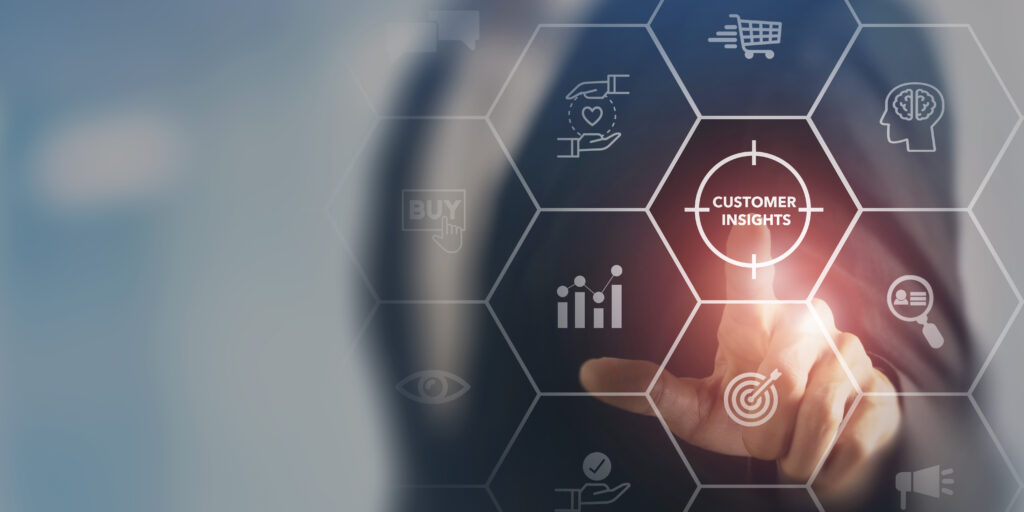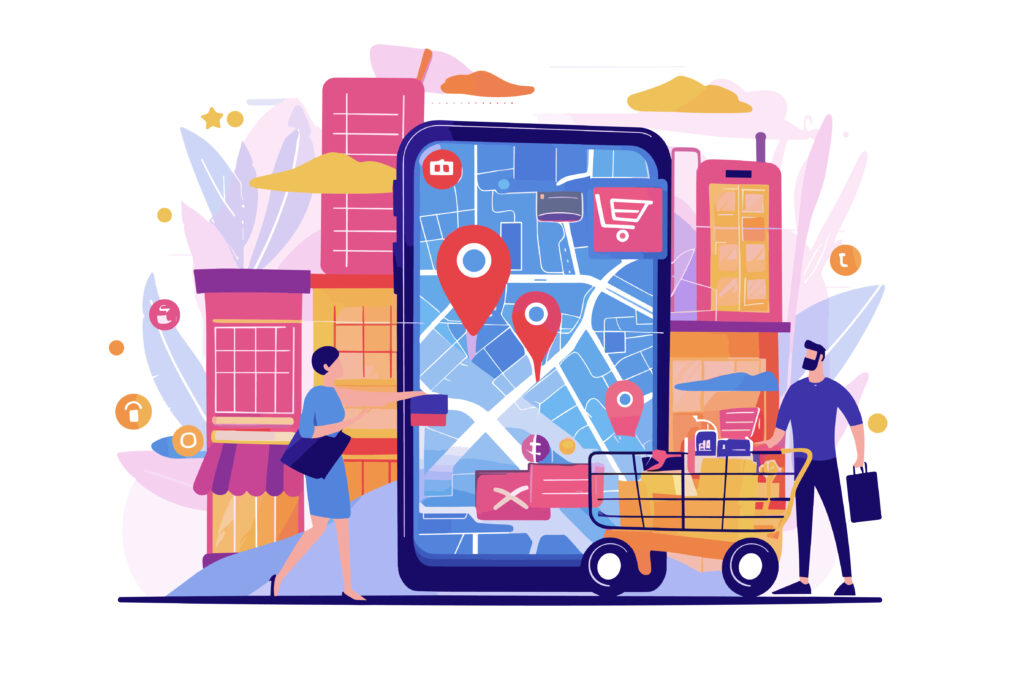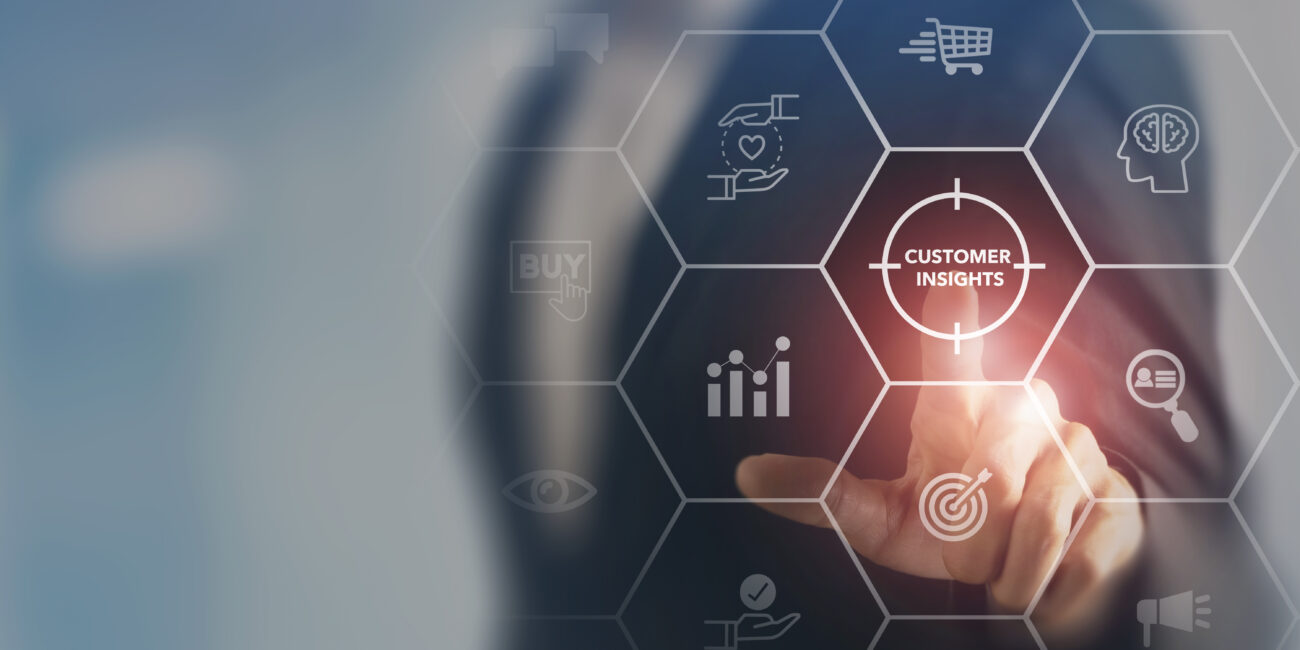Why do some search engine marketing (SEM) campaigns wildly outperform others? Why do some strategies, like a “limited-time offer,” consistently drive more sales despite being used so often? The answer lies in the psychology of user behavior.
Underpinning every successful marketing campaign are the emotional triggers and unconscious cognitive biases that drive people. Crafting messages that meet these tendencies allows you to engage, offering value that meets your customers’ deep-seated wants and needs.
Whether it’s the urgency invoked by scarcity, the allure of exclusivity, or the comfort of the familiar, understanding triggers helps you craft campaigns that capture attention and inspire loyalty.

The Role of Consumer Psychology in Marketing
Consumer psychology offers insights into customers’ motivations, assumptions, and desires. This is important because marketing strategies are most effective when they tap into the drivers behind behavior. Here are five ways psychological factors can play a vital role in consumer decision-making.
1. Uncovering Motivational Forces
What drives individuals to seek out and purchase your products or services? Effective marketing messages tap into these motivations.
2. Creating a Familiar Experience
People rely on brands they know and trust. When introducing a new product, service, or brand, you can apply the psychology of user behavior to build a bridge to familiarity.
3. Building on Existing Beliefs
Consumer beliefs about a product or service can shape their perception and willingness to engage. Marketing can shape consumer belief about a brand with the caveat that marketing messages must align with the product experience. Any perceived deception or withholding of information will erode long-term brand loyalty.
4. Molding Consumer Attitudes
Positive attitudes about a brand lead to repeat purchases, positive word-of-mouth, and favorable online reviews. Negative attitudes can discourage potential customers and damage a brand’s reputation. Understanding the psychology of user behavior helps you mold consumer attitudes and build the enthusiasm that effortlessly brings in new customers.
5. Shaping Brand Perception
What perception are you shaping with your marketing messages, and does it align with the needs and desires of your audience? Are your buyers seeking a bargain, high quality, outstanding customer service, or a combination of these factors? Marketing messages that align with these perceptions have more impact.
Here are some specific psychological biases, drivers, and phenomena that can improve the performance of your marketing campaigns.
Heuristics
Heuristics are mental shortcuts that simplify decision-making. People use them to solve problems and make quick and efficient decisions.
While heuristics help people navigate complex situations with limited information or under time constraints, they also can be leveraged to influence consumer choices. Here are a few examples.
Availability Heuristic
In marketing, when a consumer sees your ad repeatedly, they see your product as more important or relevant than a competitor’s product they don’t hear about as often. You can leverage this by retargeting ads, multichannel marketing, and brand mascots for easy recognition.
Representativeness Heuristic
This is closely related to the availability heuristic but is more specifically about how similar the new product or service is to something already known and familiar. Marketing that shows how your product mirrors or fits with something shoppers already know and like helps them act faster.
Anchoring and Adjustment Heuristic
Sometimes called the “anchoring bias,” this mental shortcut bases value on the first number presented. It’s why direct mail, YouTube marketing, OTT, or other strategies that initially show a high price and adjust it later can be so effective. People anchor value on the first inflated number and perceive the final offer as a good deal.
Cognitive Biases
Similar to heuristics, cognitive biases impact decision-making and judgment. However, heuristics are mental shortcuts that can be beneficial or harmful depending on how the individual uses them.
Cognitive biases are errors in judgment or decision-making that can seem irrational. Here are examples that apply to marketing.
Confirmation Bias
Confirmation bias is the tendency for people to believe messages that confirm what they already think and disregard ones that don’t. This bias can be leveraged by creating content, social media paid advertising, and other campaigns that resonate with consumers’ beliefs and preferences.
Loss Aversion
People hate losing out. Loss aversion was observed in investors who would hold onto a stock that was falling in value, hoping it would come back, rather than cutting their losses and reinvesting in a better stock. The fear of losing something is greater than the desire to gain the same thing.
In marketing, you can leverage loss aversion to create a sense of scarcity or urgency. For example:
- Limited-time sales that highlight the potential “loss” of missing out on a great deal
- Emphasizing what consumers will “lose” by not taking advantage of a particular product or service
- Framing messaging around avoiding the “loss” of missing key features or benefits that a competitor lacks
By tapping into loss aversion, you can increase your offerings’ perceived value and desirability. This is also an effective tactic to compel customers to prioritize purchases they have been postponing.
Framing Effect
How you frame a customer’s choice can significantly impact their decision, even when the core information remains the same. A typical example is ground beef presented as “75% lean” rather than “25% fat.” Both labels share the same nutritional facts, but framing it as “lean” is more appealing.
You can leverage framing tactics by:
- Emphasizing what’s included (free shipping) instead of what’s excluded.
- Positioning prices against higher reference points (“Save $100 today!”)
- Using affirmative language (“Helps prevent cavities”) rather than negative phrasing (“Doesn’t cause cavities.”)
The framing effect is powerful because people tend to latch onto the initial frame presented. Once a mental frame is formed, your customers will show bias toward maintaining that viewpoint.
Bandwagon Effect and Social Proof
People tend to assume the popularity of something correlates with its quality. Essentially, if other people like it, it must be good.
You can leverage the bandwagon effect by showcasing popularity indicators such as:
- Highlighting sales numbers (“Over 1 million sold!”)
- Displaying purchase counts in real-time (“437 people purchased this in the last hour”)
- Sharing social proof like customer testimonials and reviews
- Emphasizing a product or service as a top seller, bestseller, or market leader
This cognitive bias taps into people’s natural human desires to be part of the crowd, follow trends, and fit in.
The Decoy Effect
The decoy effect, or the asymmetric dominance effect, is a pricing strategy that influences a buyer’s choice by adding an unattractive “decoy” option to make another option appear more valuable. It leverages people’s tendency to judge value relatively compared to presented alternatives.
A classic real-world example is the subscription models of many magazines and digital services. They introduce a third option (the decoy) that is not meant to be chosen but makes one of the other two options more attractive by comparison.
Imagine a magazine company offers two subscription options:
- Online Subscription: $59 per year
- Print Subscription: $125 per year
Looking at only these two options, most consumers might lean towards the more affordable online subscription. However, the magazine then introduces a third option.
- Print + Online Subscription: $129 per year
This third option is the decoy. It is priced slightly higher than the print-only option but offers significantly more value. By comparison, it makes the Print Subscription less appealing because they can get the print and online versions for a little more money.
As a result, more consumers are likely to choose the Print + Online Subscription over the Online Subscription, even though they initially might have leaned towards the cheaper online-only option. This strategy can boost sales while nudging customers towards higher-value purchases.

Emotional and Psychological Drivers of Behavior
While heuristics and cognitive biases shape decision-making, people are emotional beings driven by needs, desires, and psychological undercurrents. Unlocking their power is vital to capturing attention, building brand loyalty, and optimizing marketing impact.
Emotion’s Powerful Sway
People’s emotions attach memories and meaning to information, ultimately influencing decisions. A typical example is purchasing a product you don’t need because it reminds you of something you enjoyed when you were younger.
Strong emotions can easily bypass people’s rational thought processes. They arise from the old “lizard brain,” subconscious areas that regulated survival behaviors in prehistoric ancestors.
In marketing, tapping into core emotions inspires devotion, trust, and loyalty that a rational approach cannot. Campaigns that strike emotional chords can become unforgettable.
Here are some of the primary emotional territories that people respond to:
- Fear of loss, missing out, or lacking what they need
- Desire to obtain love, status, happiness, pleasure, or self-actualization
- Belonging and a feeling of connection
- Pride, which includes self-worth, confidence, discerning taste, wealth, or intelligence
- Excitement
- Nostalgia
The Impact of Authority
People have an innate psychological drive to follow and obey authorities perceived as legitimate and credible. Marketing campaigns that position products or brands as authoritative can leverage this emotional trigger, reassuring customers they are making intelligent, credible choices.
Examples of leveraging authority in marketing include:
- Expert or celebrity endorsements
- Credentials and certifications
- Scientific or statistical data
Authority marketing psychologically signals that a product or service has been objectively vetted and “approved.” This alleviates skepticism and elevates perceived value.
The Pull of Reciprocity
Reciprocity is the influential social norm and emotional driver that compels people to repay gifts, favors, and gestures. Most people feel an unconscious obligation to reciprocate when someone does something for them.
In marketing, leveraging reciprocity generates goodwill and positive feelings that foster deeper customer relationships. By providing value upfront with no immediate expectation, companies prime audiences psychologically to want to “return the favor” later. Common reciprocity tactics include:
- Free samples or trials
- Value-first content
- Small customer gifts
- Exceptional service
Providing valuable “gifts” upfront without overt quid-pro-quo obligation disarms skepticism and engenders authentic feelings of goodwill that customers will want to reciprocate.
Commitment and Consistency
People are unconsciously driven to be consistent with previous actions and commitments. Once they’ve made a choice, contradicting that established stance causes mental discomfort.
Common applications include:
- Low-barrier initial commitments.
- Public commitments like pledges or progress charts.
- Aligning with customers’ self-perceptions as healthy, eco-friendly, tech-savvy, etc.
- Foot-in-the-door techniques involve small initial commitments, like taking free assessments or minor purchases, that incrementally graduate to engagements that are harder to abandon.
Well-designed commitment strategies can breed lasting loyalty. However, any whiff of manipulation can undermine these effects. Commitments must be entered into authentically in exchange for concrete value. When applied transparently, commitment and consistency generate customers who are stubbornly devoted to your brand.
Capture Attention and Out-Smart Competitors
Mastery of the psychological forces driving human behavior separates effective marketing from forgettable noise. However, you must implement these psychological tactics thoughtfully and transparently. The masters use psychology to understand and serve their customers better, and the rewards for doing this well are immense.
With the right strategies, even the smallest brands can capture attention and rapidly outmaneuver larger competitors. At J&L Marketing, we customize our marketing approach to your business, industry, and goals. You can start with our free Competitor Espionage Report, which identifies your competition’s biggest digital weaknesses. This report delivers actionable, tactical digital marketing intelligence to boost ROI and out-smart rivals.
Whether you need direct mail, video production, paid search, social media marketing, display advertising, or demand gen, our specialized team can help you create impactful campaigns that leave a lasting impression. Connect now to get started.



